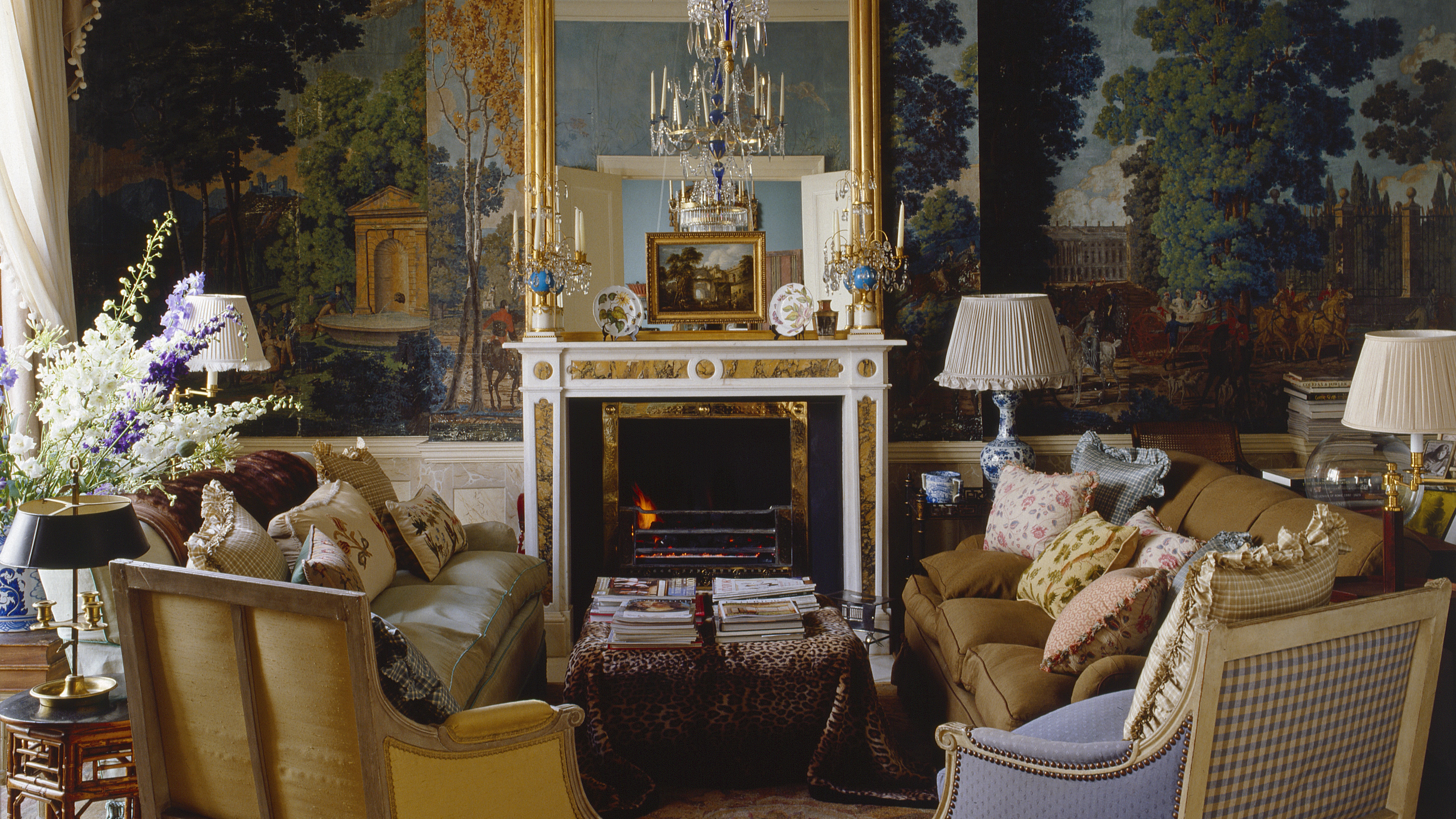The Last Word: 'Portmeirion’s charm is rooted in eccentricity and this is why I love the place'
Pamela Goodman travels to north Wales in a rusty Land Rover Defender, where long walks, wild swimming and a visit to the 'eccentric' town of Portmeirion are on the cards.


The time of year has come for us to pack up the rusty Land Rover Defender and head to north Wales. Once there, our favoured holiday spot is an old farmhouse with commanding views of Cardigan Bay and the Llŷn Peninsula, to which friends and family come and go, ready and willing — most of the time — to be marched up mountains and dunked in lakes and rivers whatever the weather.
Those who are new to this corner of Snowdonia are then rewarded for their endeavours with a trip to nearby Portmeirion, the bizarrely picturesque Italianate village built by Sir Clough Williams-Ellis between 1925 and 1976 on a peninsula, which juts finger-like into the wide Dwyryd estuary between Harlech and Porthmadog.
Sir Clough has long been a hero of mine, not least for his attire. This was a man who believed no time should be wasted each morning deciding what to wear, so he acquired a selection of tweed suits, each comprising jacket and breeks, and paired them with a yellow waistcoat and yellow knee-length socks to become his own distinctive uniform.
Eccentric, you might say, and I couldn’t disagree, but much of Portmeirion’s charm is rooted in eccentricity and this is why I love the place. Long before Sir Clough had settled on this spot to create his extraordinary explosion of architectural whimsy, much of the land was owned by one Adelaide Haig, who resided in the waterfront manor house, later to become the Portmeirion hotel.
Hers is the tale I like to tell in Portmeirion’s eerie pet cemetery, lost in the vast tangle of paths entwining the densely forested peninsula, where a collection of gravestones record the lives of dogs well loved:
My dear dear dog gone before To that unknown and silent shore Shall we not meet as heretofore Some summer morning
Thus reads one, inscribed by Haig to one of her many dogs — she was reputed to have up to 15 at a time — with whom she shared her home. She was a recluse by nature, preferring canine to human company, and a devout Christian. The story goes that she would conceal herself behind a screen in the beautiful Mirror Room where the dogs were housed and read the Bible out loud to them in the hope of securing their passage to a better world once they were tucked up in the woods.
Sign up for the Country Life Newsletter
Exquisite houses, the beauty of Nature, and how to get the most from your life, straight to your inbox.
By the 1960s, Portmeirion was all but complete, with its assemblage of grand porticos, loggias, domes and spires rescued from the rubbish tip of demolished country houses — and then along came The Prisoner, the next great eccentric episode in Portmeirion’s history. This famous science fiction-cum-spy series, starring Patrick McGoohan as prisoner Number Six, tells the story of an ex-spy held captive in ‘the Village’, where he is routinely manipulated through dreams, indoctrination and hallucinogenic drugs and pursued by a big, white weather balloon that bounces around trying to kill him.
Inevitably, our trips to Portmeirion end up back at the house with supper in front of The Prisoner for old time’s sake and a glimpse of Sir Clough’s masterpiece in days gone by. I like to round off the evening with the tale of his final eccentric act when, 20 years after his death and in accordance with his will, some of his ashes were loaded into a firework and blasted into the night sky over Portmeirion’s estuary. A marvellous end for a marvellous man.

Credit: Simon Brown
University Arms, Cambridge, review: The hotel where a book butler comes as standard
The world’s biggest crème brûlée, Edwardian luxury, books, books and more books — Annunciata Elwes explores the University Arms, Cambridge.

Credit: Artist's Penzance
The Artist Residence, Penzance, hotel review: Boutique luxury in the heart of Cornwall
The attention to detail at The Artist Residence, Penzance, is second-to-none, says Tiffany Daneff — on a trip to to

Credit: Oliver Fry
Cheval Blanc St Tropez review: The French hotel redefining what luxury means
It's hard to make your mark on one of the world's most famous beach towns, but with the helping of
-
 The designer's room: How rare, 19th-century wallpaper was repurposed inside a Grade I-listed apartment complex on London's Piccadilly
The designer's room: How rare, 19th-century wallpaper was repurposed inside a Grade I-listed apartment complex on London's PiccadillyThis home in Albany, Piccadilly, was decorated by Wendy Nicholls of Sibyl Colefax & John Fowler, as a quiet refuge in the heart of the capital.
-
 The heroine's name in 'Rebecca' and a strange coffee subsitute: Country Life Quiz of the Day, May 2, 2025
The heroine's name in 'Rebecca' and a strange coffee subsitute: Country Life Quiz of the Day, May 2, 2025Friday's Quiz of the Day has a rock legend, a delicate flower and much more.